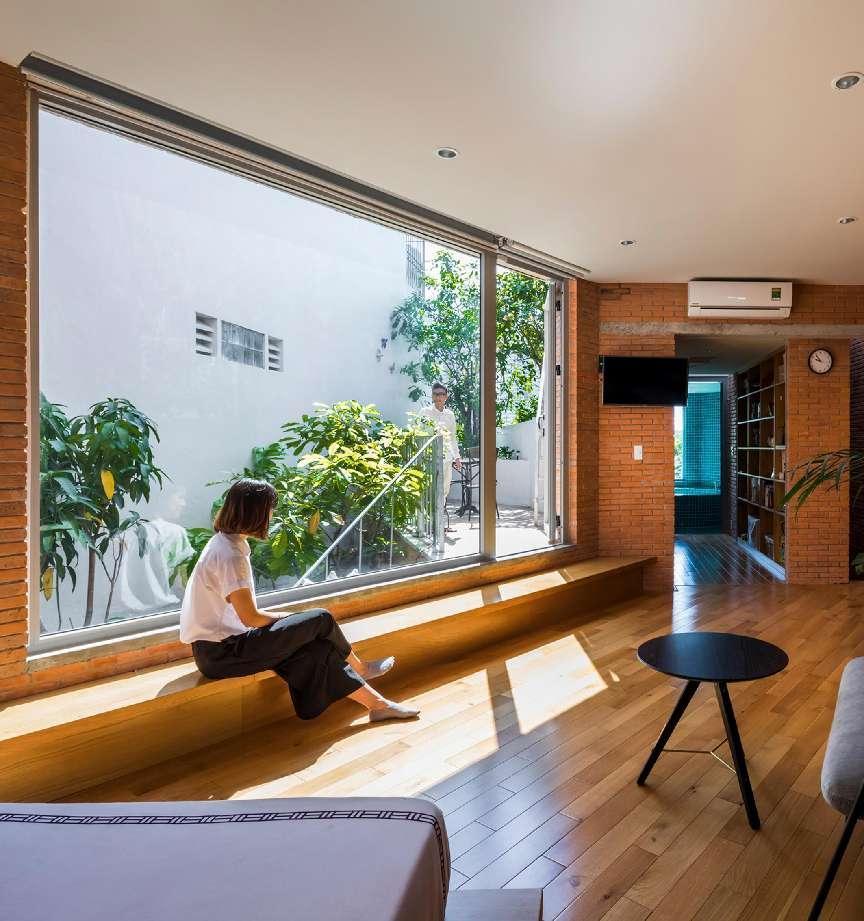Maybe the roar of the old train running by in the movie can easily evoke our childhood memories, as if telling a story from the past.
But when this kind of sound does not exist in movies, but frequently appears around our home, perhaps this "childhood memory" turns into endless troubles in an instant. This unpleasant sound is noise.
Noise not only disturbs people's dreams, but more importantly, long-term noise environment can cause irreversible damage to people's physiology and psychology, and is one of the most important sources of pollution in the modern environment.
Noise reduction and sound insulation have become an urgent rigid demand for people.
Generally speaking, the factors that affect the noise level mainly include the volume of the sound source and the distance between the audio frequency and the sound source.
In the case that the volume, audio frequency and distance between the sound source and the person are not easily changed, by strengthening the physical sound barrier - the sound insulation performance of doors and windows, the sound transmission is blocked as much as possible, thereby creating a pleasant and comfortable environment.

Noise is physically or psychologically uncomfortable, unpleasant, uncomfortable, unwanted, or annoying, unwelcome sounds to those who hear it, affecting people's conversation or thinking, work, study, and rest the sound of.
The human ear's hearing frequency range for sound is about 20Hz~20kHz, and the range between 2kHz and 5kHz is the most sensitive area of the human ear. Too low and too high sound frequencies can cause discomfort.
The most comfortable volume range is 0-40dB. Therefore, controlling our living and working acoustic environment in this area can improve comfort most directly and economically.
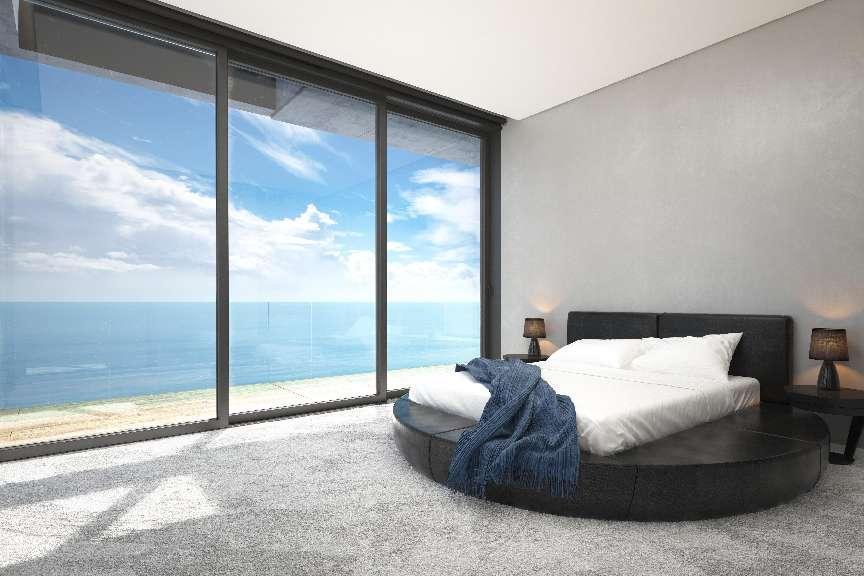
Low-frequency noise refers to the noise with a frequency of 20~500Hz, a frequency of 500Hz~2kHz is an intermediate frequency, and a high frequency is 2kHz~20kHz.
In daily life, air-conditioning compressors, trains, airplanes, car engines (especially near roads and viaducts), ships, elevators, washing machines, refrigerators, etc. are mostly low-frequency noises, while horns and car whistle. , musical instruments, square dancing, dog barking, school broadcasts, speeches, etc. are mostly high-frequency noises.
Low-frequency noise has a long transmission distance, strong penetrating power, and does not change significantly with distance, which is the most harmful to human physiology.
High-frequency noise has poor penetration, and will be significantly attenuated as the propagation distance increases or encounters obstacles (for example, for each 10-meter increase in the propagation distance of high-frequency noise, the noise will be attenuated by 6dB).

The volume is the most intuitive to feel. Volume is measured in decibels (dB), and ambient volume below 40dB is the most comfortable environment.
And the volume of more than 60dB, people can feel obvious discomfort.
If the volume exceeds 120dB, it only takes 1 minute to cause temporary deafness in the human ear.
In addition, the distance between the sound source and the person also directly affects the person's perception of noise. The further the distance, the lower the volume.
However, for low-frequency noise, the effect of distance on noise reduction is not obvious.
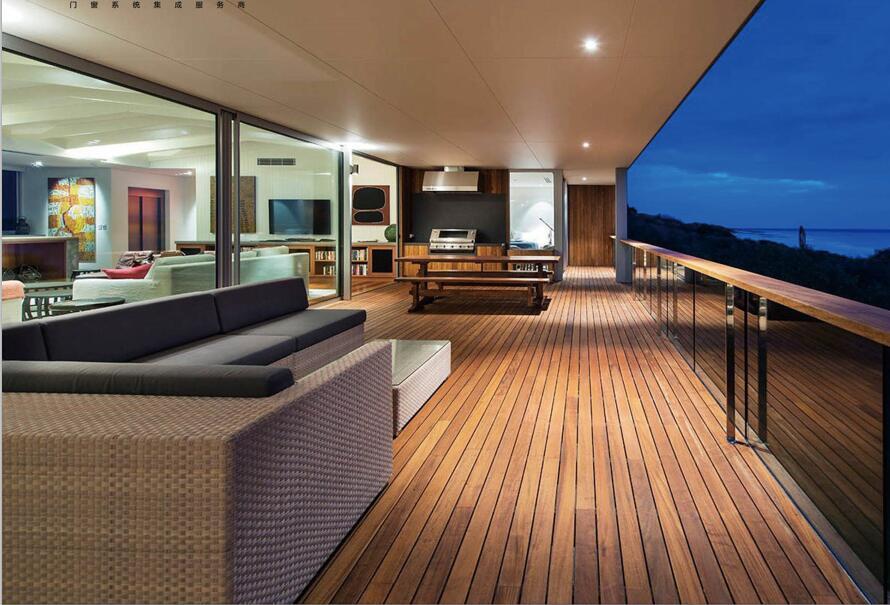
When it is impossible to make too many changes to the objective environment, it may be a wise choice to change to a high-quality door and window, and give yourself a peaceful and beautiful home.
A good set of doors and windows can reduce outdoor noise by more than 30dB. Through professional combination configuration, the noise can be further reduced.
Glass is the most important component that affects the sound insulation of doors and windows. For different types of noise, configuring different glass is the most professional and economical choice.
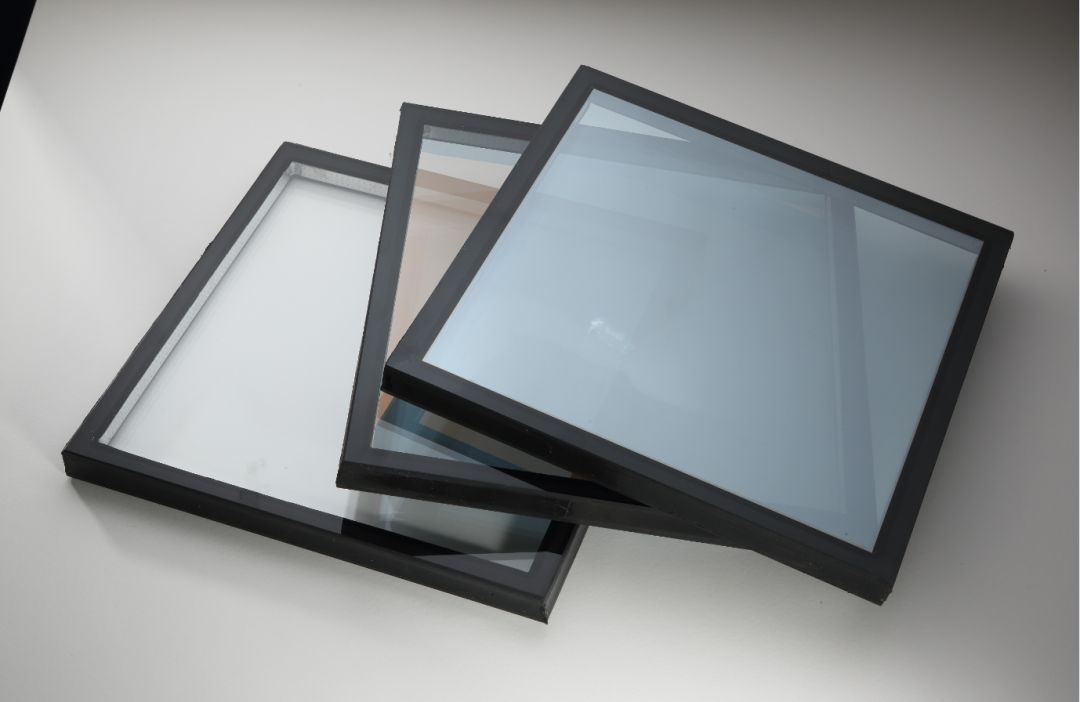
High frequency noise - insulating glass
Insulating glass is a combination of 2 or more pieces of glass. The gas in the middle hollow layer can absorb the energy of medium and high frequency sound vibration, thereby reducing the sound wave intensity. The sound insulation effect of insulating glass is related to the thickness of the glass, the gas of the hollow layer and the number and thickness of the spacer layer.
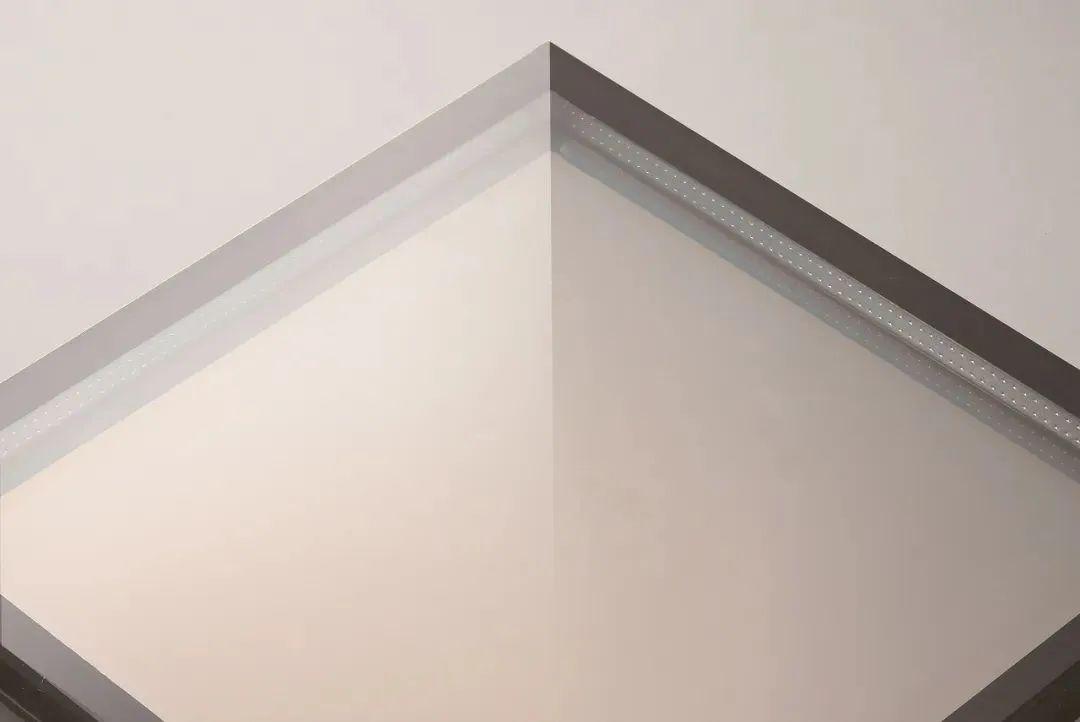
In most cases, insulating glass has a very good blocking effect on loud medium and high frequency noise. And every time the thickness of the glass is doubled, the noise can be reduced by 4.5~6dB.
Therefore, the greater the thickness of the glass, the stronger the sound insulation.
We can improve the sound insulation effect of doors and windows by increasing the thickness of insulating glass, filling inert gas, and increasing the thickness of the hollow layer.
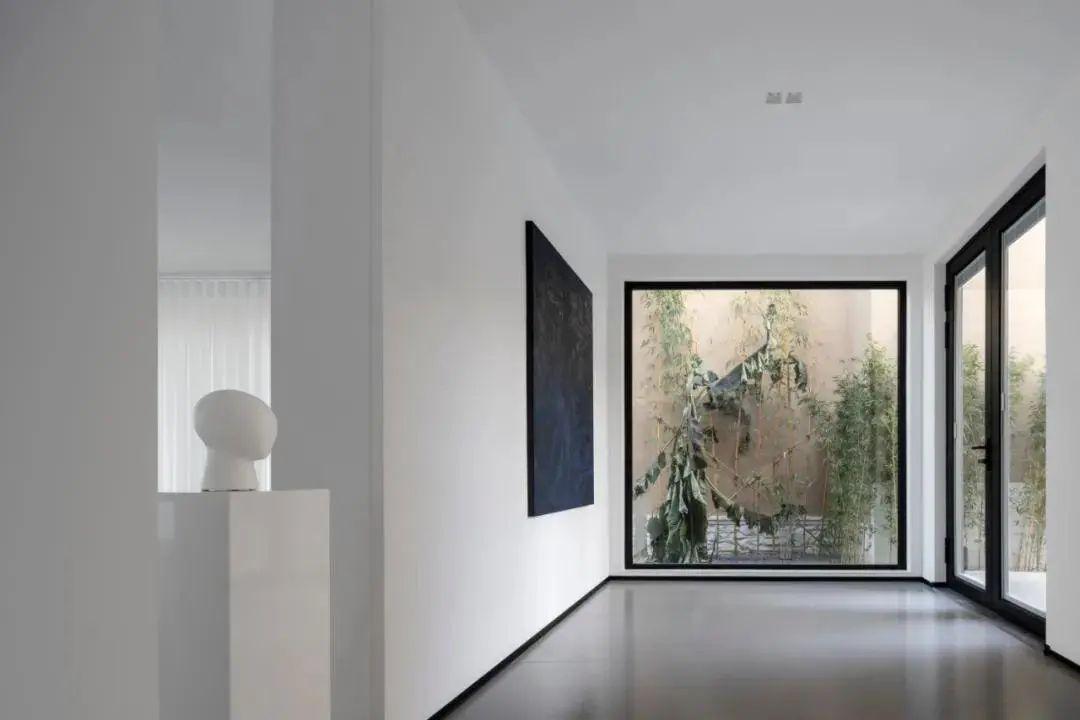
Low frequency noise - insulating laminated glass
Under the same thickness, laminated glass has a significant effect on blocking medium and low frequency sound waves, which is better than insulating glass.
The film in the middle of the laminated glass is equivalent to a damping layer, and the PVB adhesive layer is used to absorb medium and low frequency sound waves and suppress the glass vibration, so as to achieve the sound insulation effect.
It is worth noting that the sound insulation performance of the interlayer can be affected by temperature.
In the cold winter, the interlayer will lose some of its elasticity due to the low temperature and reduce the sound insulation effect. The hollow laminated glass, which combines the advantages of both the hollow glass and the laminated glass, can be described as an "all-round" soundproof glass.
Sealed Construction - Automotive Grade Soundproofing
In addition to relying on glass, good sound insulation is also closely related to the sealing structure.
MEDO uses different types of EPDM automotive-grade sealing materials such as soft and hard co-extrusion, full foam, etc., which have excellent resilience and can effectively reduce the introduction of sound. The multi-channel sealing structure design of the cavity, together with the glass, complements each other to build a noise barrier.
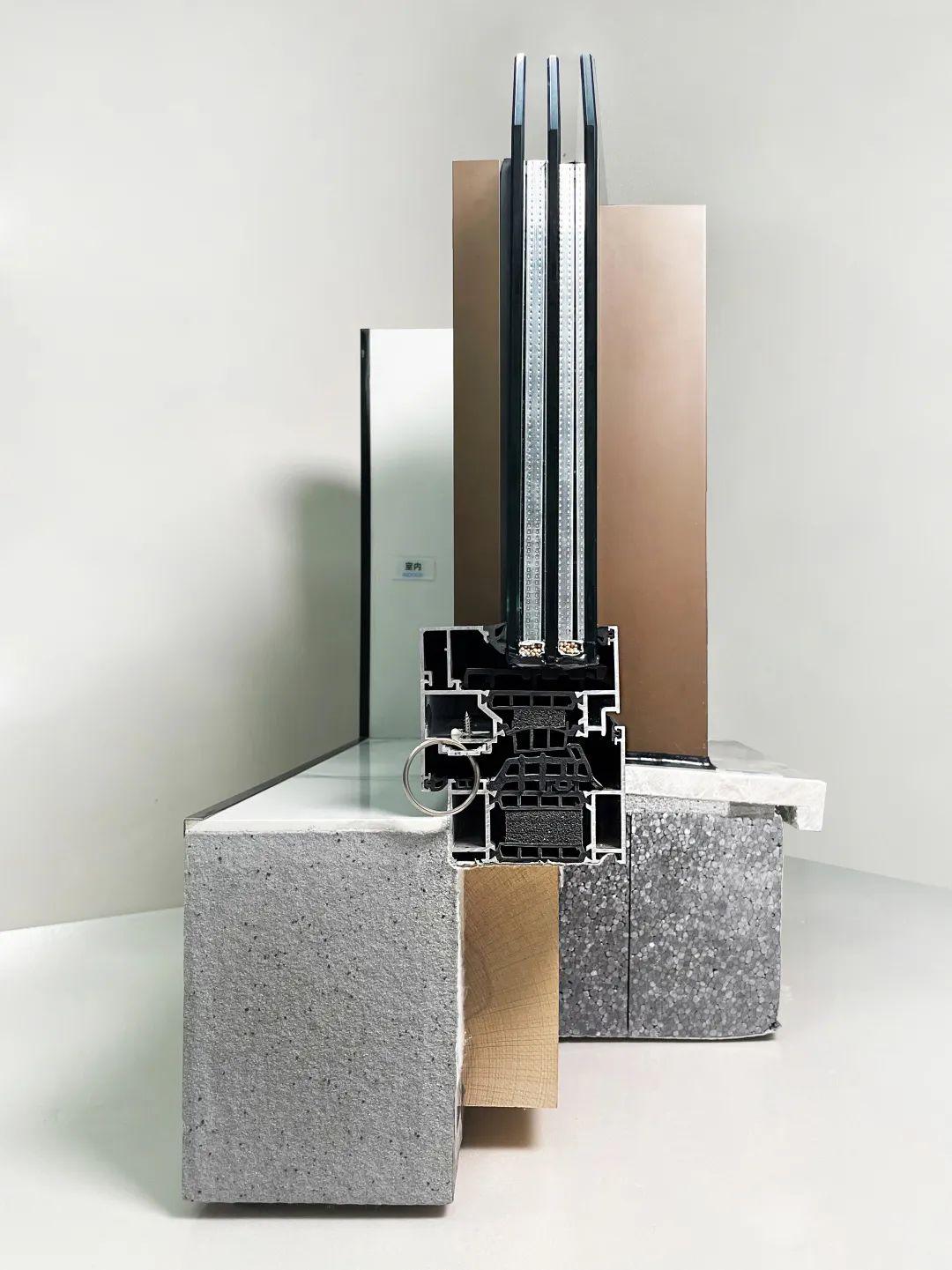
open method
Although there are various opening methods for the doors and windows of the system, the experimental data shows that the opening method of the casement opening is better than the sliding in terms of wind pressure resistance, sealing and sound insulation.
On the basis of comprehensive needs, if you want better sound insulation, casement doors and windows are preferred.
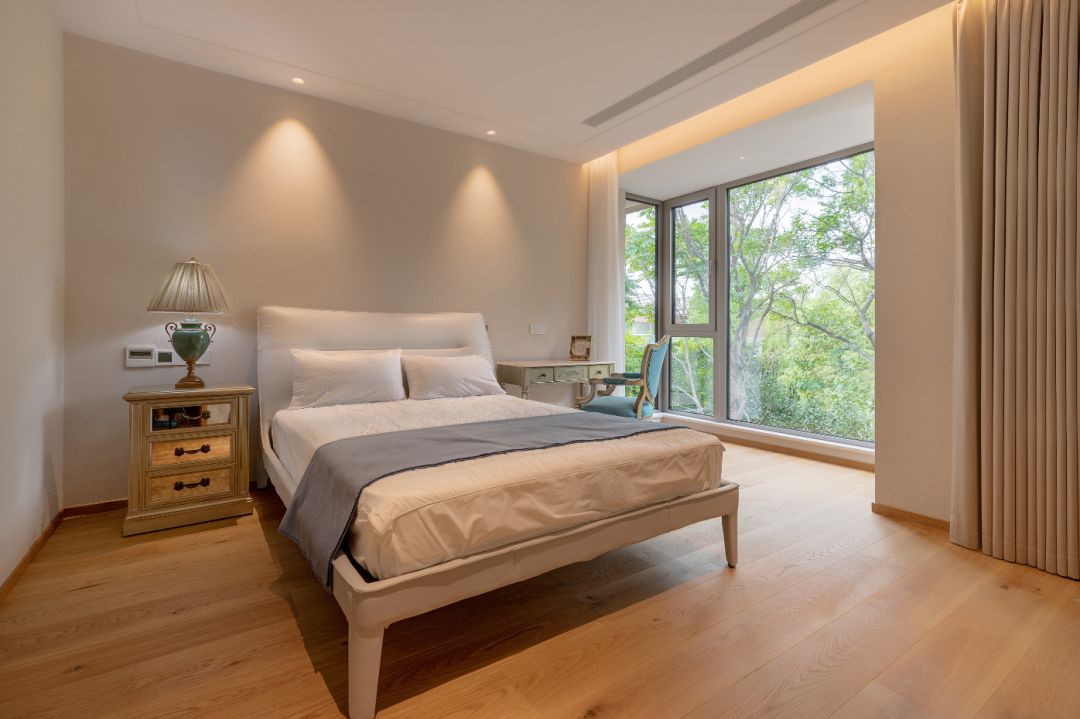
In addition, the tilt turn windows and the awning windows can be regarded as special application methods of casement doors and windows, which have the advantages of casement windows and have their special advantages, such as tilt turn windows being safer and more gentle in ventilation.
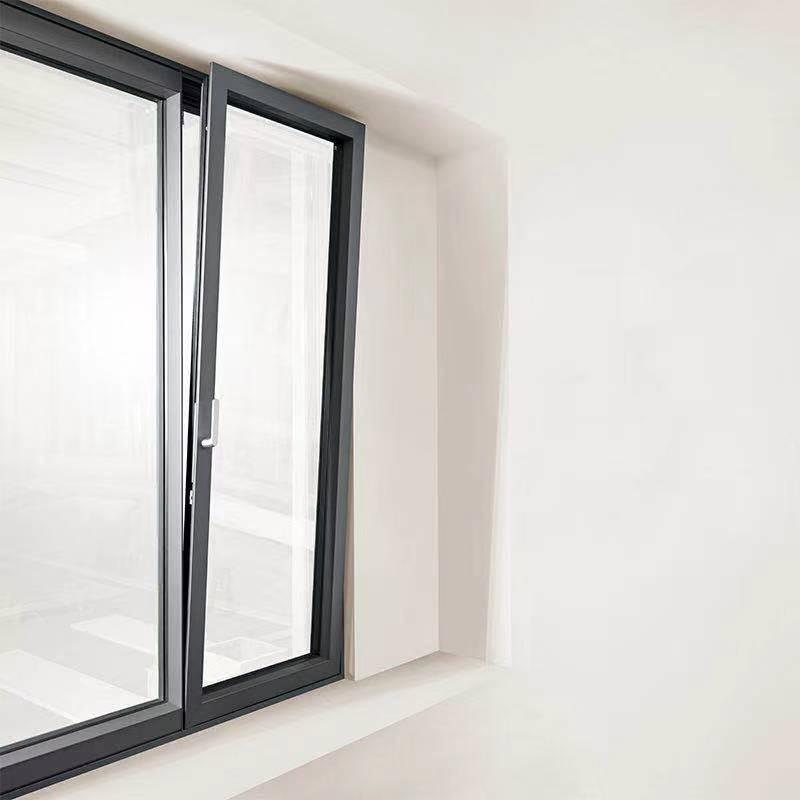
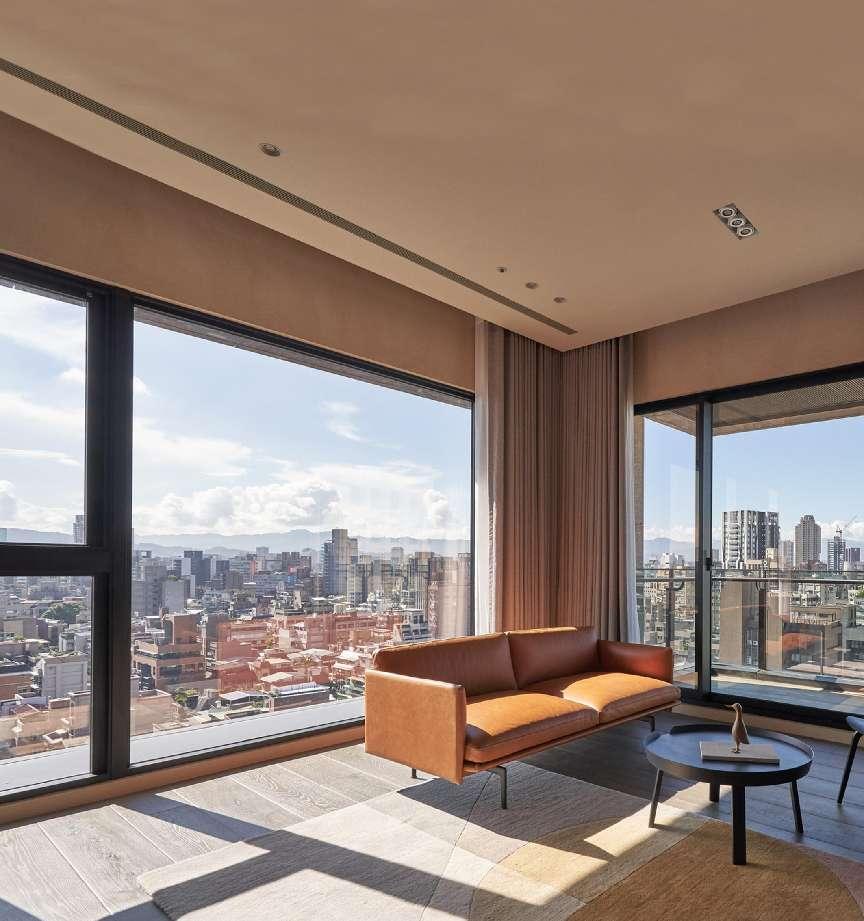
MEDO, which takes the system solution expert as its own responsibility, has accumulated nearly 30 years of technology accumulation, relying on the rich and complete system product matrix cornerstone, translates the application environment and customer needs into design language, and uses a professional and rigorous scientific attitude to stand at the best of users, experience the standpoint to provide the optimal solution for each project with systematic thinking and cutting-edge design.
Post time: Oct-25-2022


